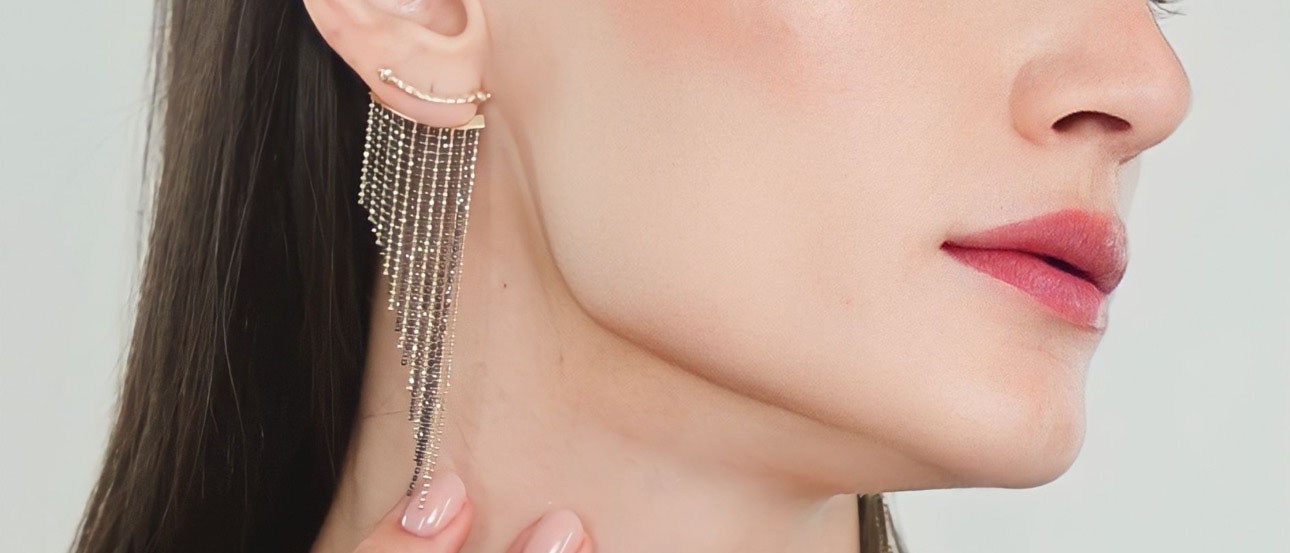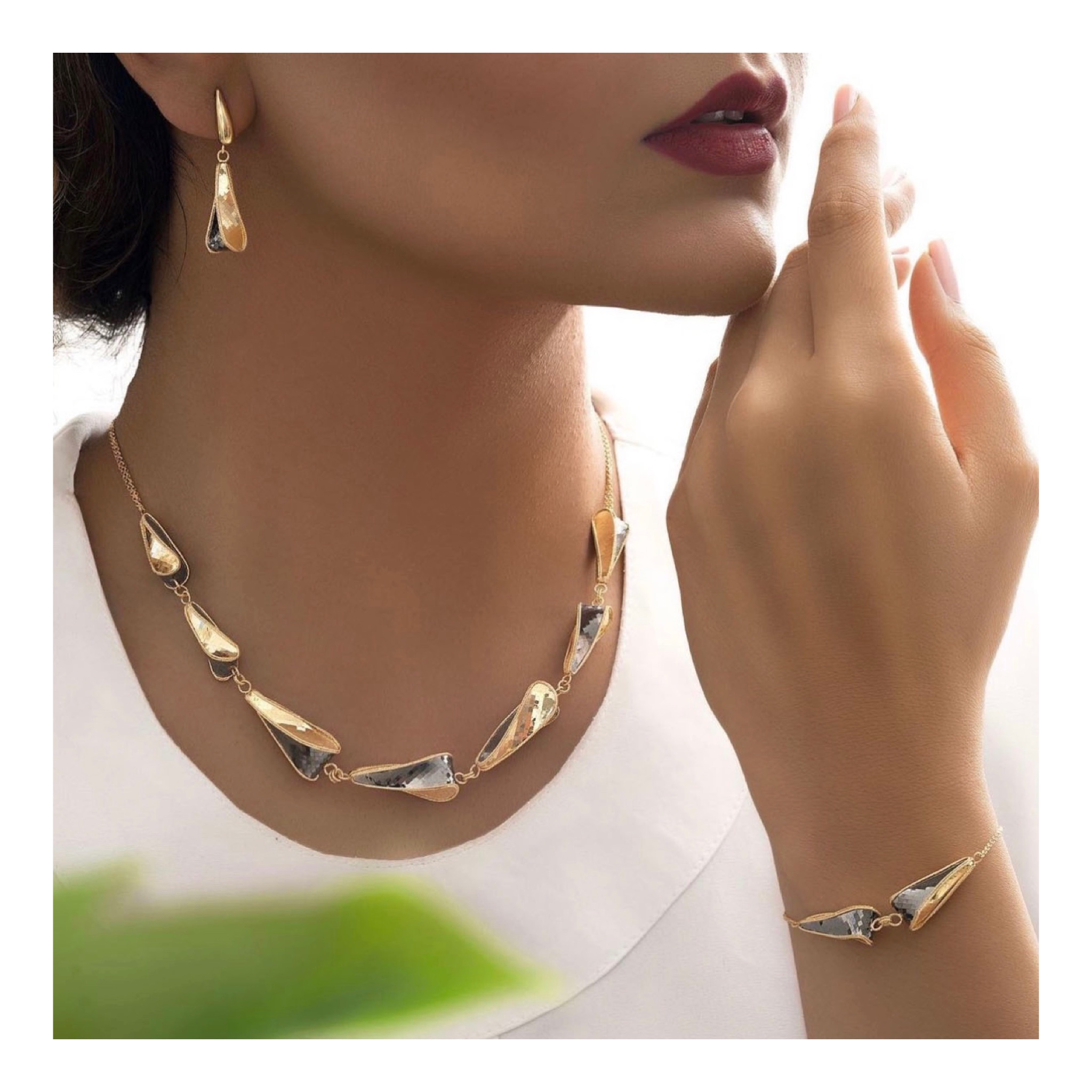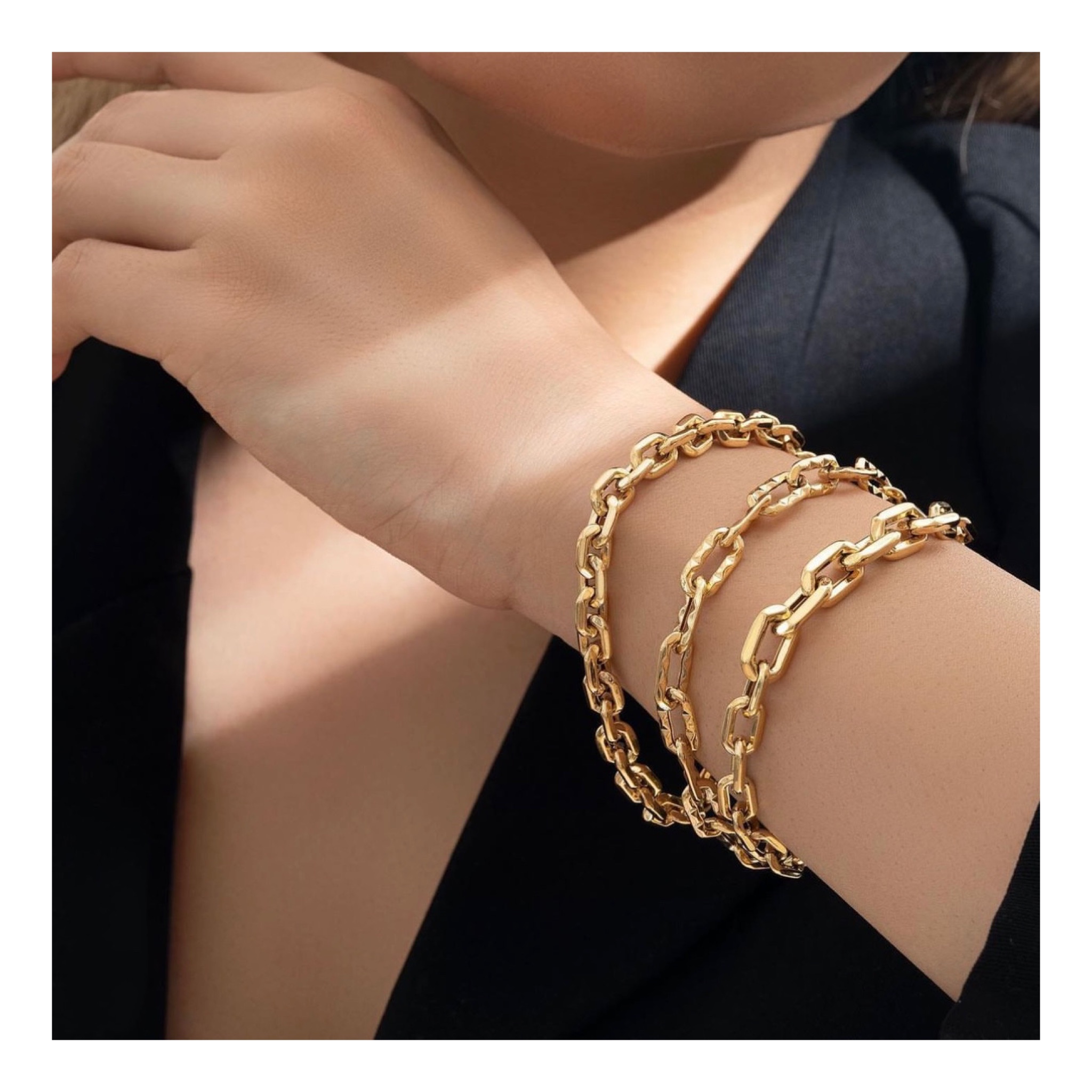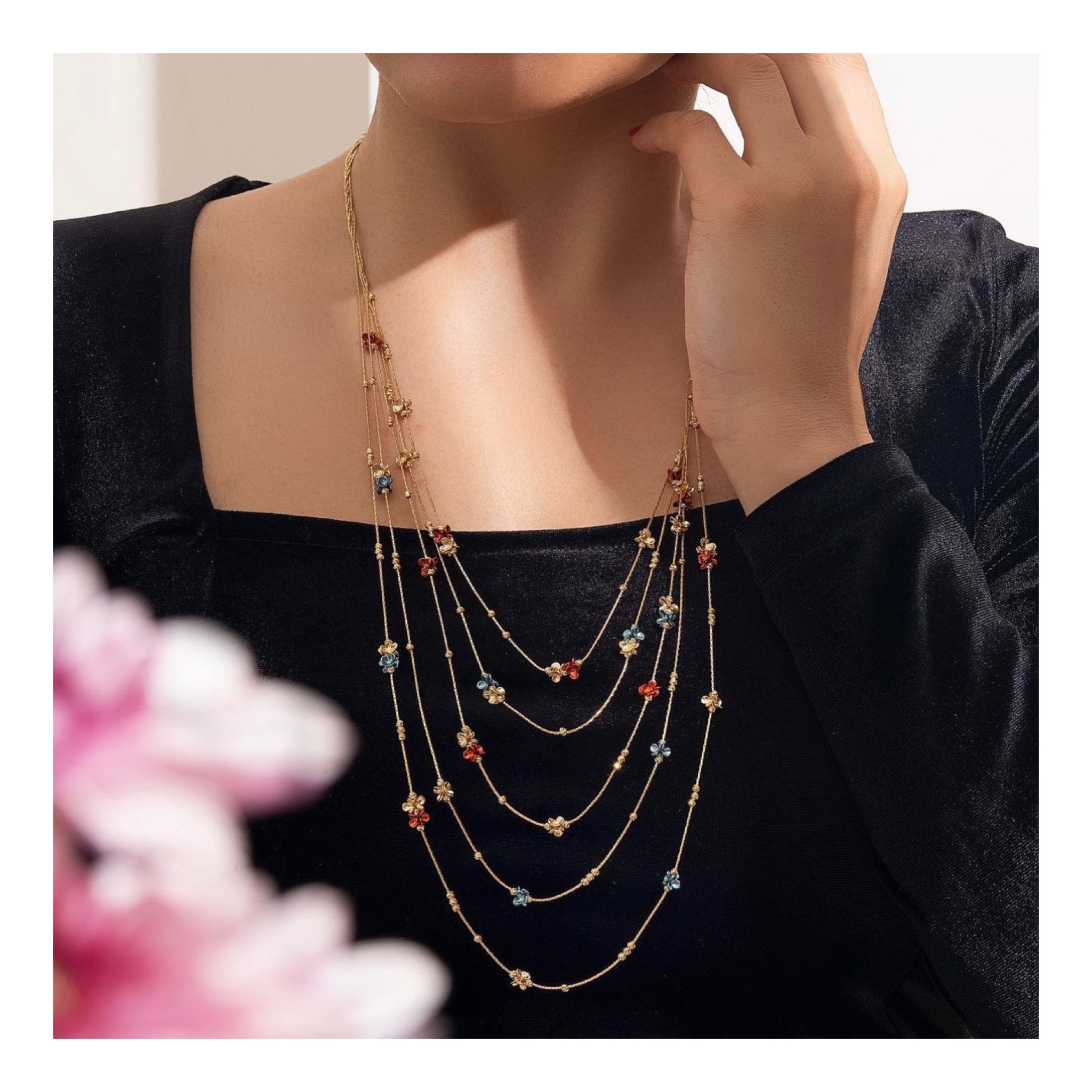- Home
- E-Shop
- Best Seller
- Blog
- Contact
Italian Jewellery: Time-honoured Techniques, Purity, and Colour
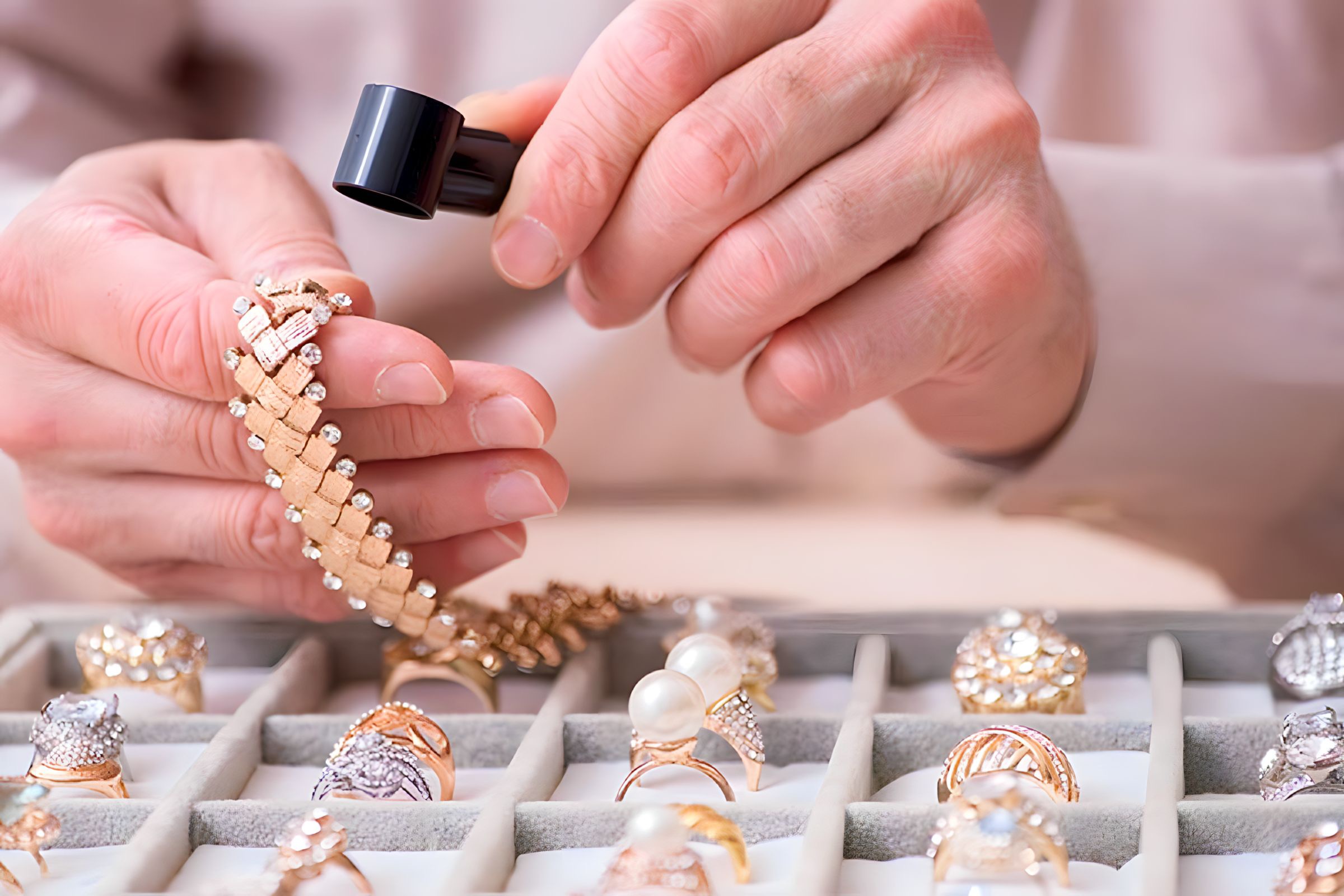
Italian jewellery has been renowned for centuries for its exquisite craftsmanship, unique designs, and cultural influences. From the ancient Etruscans to the modern-day fashion houses of Milan, Italian jewellery has been a symbol of luxury, elegance, and beauty.
The Significance of Italian Jewellery
Italian jewellery has a long and rich history that dates back to the Etruscan civilization, which flourished in Italy between the 8th and 3rd centuries BCE. The Etruscans were skilled metalworkers who created intricate gold jewellery using techniques such as granulation, filigree, and repoussé. These techniques have been passed down through the generations and are still used by Italian jewellery makers today.
Italian jewellery is renowned for its purity, which is achieved through the use of high-quality materials such as 18k or 24k gold, platinum, and silver. Italian jewellery makers are also known for their attention to detail, which is evident in the intricate designs and delicate filigree work that is a hallmark of Italian jewellery.
Time-honoured Techniques
Italian jewellery makers use a variety of time-honoured techniques to create their pieces. One of the most famous is granulation, which involves fusing tiny gold beads onto a gold surface to create intricate patterns and designs. Another technique is filigree, which involves twisting and weaving fine wires of gold or silver into delicate patterns.
Italian jewellery makers also use repoussé, which involves hammering a design into a sheet of metal from the back to create a three-dimensional effect. Enamelling is another technique used by Italian jewellery makers, which involves fusing powdered glass onto metal to create colourful designs.
Purity and Colour
Italian jewellery is known for its purity, which is achieved through the use of high-quality materials and diligent craftsmanship. Italian gold is typically 18k or 24k, which means it is 75% or 100% pure gold. This high level of purity gives Italian gold its distinctive warm colour and lustrous shine.
Italian jewellery is also known for its use of colour, which is achieved through the use of precious and semi-precious gemstones. Italian jewellery makers use a wide variety of gemstones, including diamonds, rubies, emeralds, sapphires, and pearls, to create colourful and striking designs.
Italian jewellery is a symbol of luxury, elegance, and beauty that has been treasured for centuries. Italian jewellery makers use time-honoured techniques, high-quality materials, and a keen attention to detail to create pieces that are both timeless and modern. Women who appreciate the artistry and beauty of Italian jewellery will find a wealth of inspiration in the rich history and cultural influences of this unique and exquisite art form.
